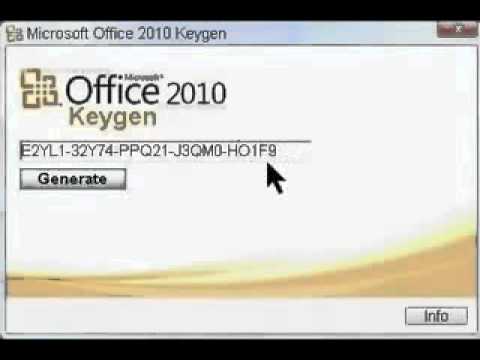

What to do next?īy optimism and prayer is not your way to get a thrill, the only foolproof way That’s why the time to plan a migration to a more recent Exchange version or to Office 365 is now.
MS OFFICE 2010 END OF LIFE SOFTWARE
Mind that using server software that is not supported may be unacceptable for many companies, particularly when they have strict policies. Unfortunately, in some cases this may turn out not to be enough. High-quality technical articles that may help you. Searching through technical forums and asking other admins. Unfortunately, when youĮncounter an issue, you will be alone. The end of extended support does not mean that yourĮxchange Server 2010 will suddenly stop working.

While “end of extended support” is the official name, “end of life” is more commonly used.ĭo not have to migrate away from Exchange 2010 (and probably some organizations That is what will become of Exchange 2010 after October 13, 2020. Extended Support End Date – starting from this date, you should expect no new updates, as the product enters an unsupported state.After this date, however, Microsoft still provides security updates and fixes bugs. Mainstream Support End Date – this is when you should not expect new features and complimentary support anymore.It is important to know that most products are available for testing before this date, although you should not use them in production environments. Lifecycle Start Date– when the product starts to be officially supported.Microsoft product follows a scheduled lifecycle. Professionals rejoice while every sneaky admin trembles.Ĭould go on and on… But who likes long goodbyes? What does the end of Track who broke what and when it happened. Introduction of administrator audit logs in Exchange 2010 made it possible to While this change was a good thing, migrationįrom legacy public folders to modern public folders turned out to be aĬhallenge best solved with third-party migration tools. Before that publicįolders had a separate database. Up, each public folder is treated as a kind of mailbox. Numerous cmdlets related to managing federation trusts, OWA mailbox policies, Exchange Active Sync and other features new to Exchange 2010.Ģ010 was the last to host legacy public folders.Many administrators have used them for a flaky Exchange backup substitute (still better than no backup at all).

New-Mailbo圎xportRequest and its import-related counterpart, used to generate or take in PST files.Fortunately, it can be also used to configure email notifications for PowerShell scripts (which is awesome). Send-MailMessage, used primarily to spoof internal addresses (not that good) and send tons of spam emails using the console (even worse).

Great new cmdlets, the most important being: Release of soon to be gone Exchange 2010, PowerShell also got a whole lot of Since then, most replies to problems on technical forums start with “it’s probably a permission issue”. Starting from this point, users without the right permissions are not able to see some cmdlets – they aren’t downloaded to their PowerShell console anymore. What is more, Exchange 2010 was where RBAC and PowerShell joined forces. However, it was with the release of Exchange 2010 that a dedicated Exchange Management Shell was deployed. Theoretically, PowerShell was introduced to Exchange Server 2007 first. Improvements, and I will try to highlight the most relevant ones. The article below reminds why we loved Exchange 2010 while it was in its prime, what does “end of life” really mean and what are the possible plans for the future.Įxchange 2010 different from its predecessors? It brought a few cutting-edge But if you have some experience performing Exchange Server migrations, you probably know that the time for planning and migrating is running out quicker than one might expect… However, because of all the love for the good old 2010 version, and the fact that it still remains very popular, Microsoft reschedules Exchange Server 2010’s demise.
MS OFFICE 2010 END OF LIFE WINDOWS
The end of Extended Support, also known as the end of life was planned on January 14, 2020, together with Windows Server 2008 and Windows 7. Dear Microsoft Exchange 2010, you’ve brought us, admins, a lot of joy.


 0 kommentar(er)
0 kommentar(er)
